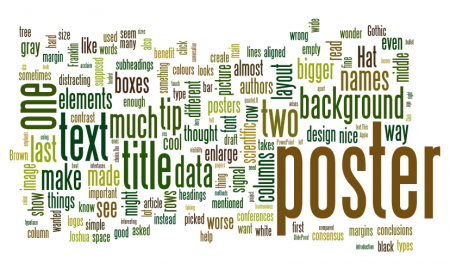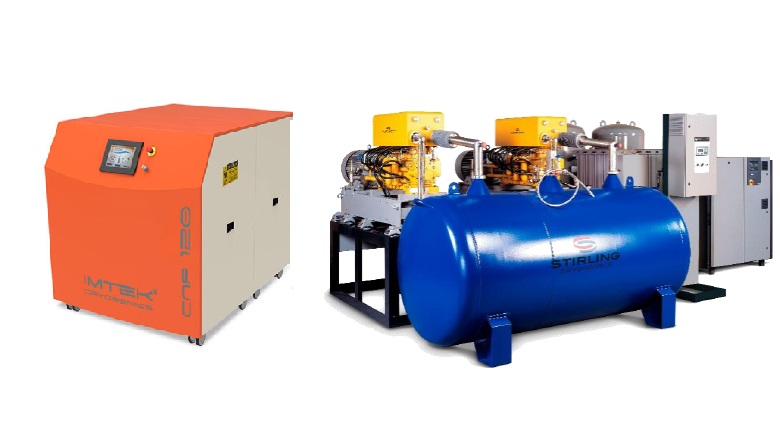A quick google search tells me this topic has been blogged about, in many various disguises, before. However, I feel it is worth revisiting after an excellent display on show at the recent ‘Chemistry Research Day’ that I attended at the University of East Anglia. This was my first time attending an annual celebration such as this and although I was there as in an exhibitor capacity, the chemist in me couldn’t help looking through the attractive posters on display in front of me (somewhat ironically!).
An excellent showcase of research, in particular in the area of biological chemistry, was laid out. In terms of both attractiveness and depth of science, the posters all had their merits, although they were visually presented very differently. This got me thinking, as an observer rather than the author for once, what makes a good scientific poster?
As an author, I was always of the opinion that I wanted to tell a complete story, being as detailed as possible so as not to omit a crucial part of science from the jigsaw. It was sod’s law (can i say this?) that the judge of the poster prize would pull me up on that crucial scientific detail I didn’t include! Often, this resulted in including more text than, deep down, I knew I should include! Was there a way of depicting it in a graphic? My Photoshop skills, basic as they are, told me no! Rightly or wrongly!
Conversely, the boot is rather on the other foot when you look at a poster as an observer. My eyes were drawn to the graphic-heavy, text light posters, and where the author was beside them. It is actually the combination of the individual presenting and their poster which makes the difference. The science that draws you in and is visually illustrated can be explained by the author, in a more rigorous manner. In essence, the poster is just a precursor to the conversation. Isolated, it is very difficult to tell the full story (due to lack of words) whilst maintaining a visual impact. It is a delicate balance, but one that I feel can be optimised by economising on words on a poster, and saving the nuances for the discussion. In other words, a poster presentation.
I’d be really interested to hear your thoughts on what you look for in a poster, so please feel free to leave a comment below!
Dr Arran Solomonsz





